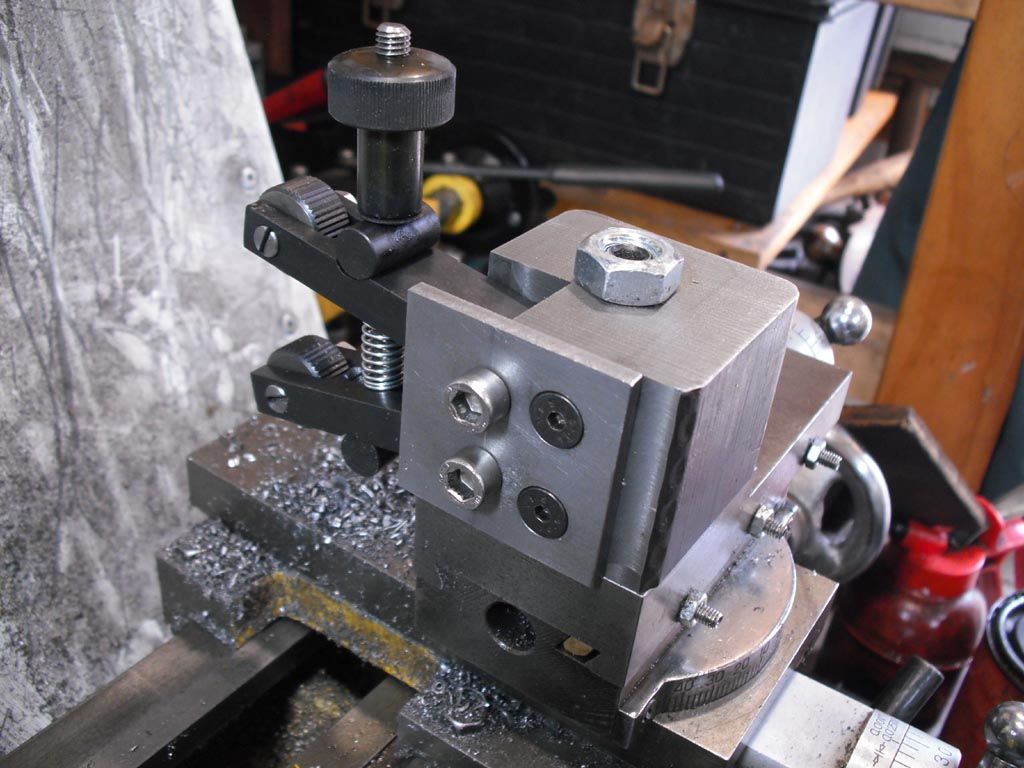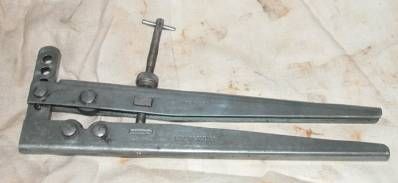Posted by Steviegtr on 11/08/2021 03:07:27:
Posted by JasonB on 07/08/2021 07:11:48:
…
Maybe it's not the tool that is "not fit to use" 
…
…
I do not know why you support some not so well made imported, far eastern tools & continually belittle me for trying to point out the shortfalls of such pieces of equipment.
I will be doing a complete build video of the Hemingway to the best of my poor ability, I just hope some will like what i am going to do. Sure you can slag my work,.
But you must remember i am an Electrician by trade . With knowledge of many things & a master of none.
…
With respect Steve, perhaps the problem is you! No shame in that, because everyone has to start somewhere, but in engineering it's never good to rush to judgement before understanding the problem.
Poor results in the workshop are due to Tools, Material, or the Operator, usually in some new situation. Of these the biggest problem is the operator, because he is responsible for planning the job, choosing materials and tools, setting machines up, and optimising feed-rate, depth of cut, cutting speed and much else. It's not easy, requiring a steady hand and applied judgement. Learners cannot assume tools 'just work', they have to be used appropriately, which comes by reading, training, and practice. Learning has to be approached with a degree of caution. Perhaps the worst training material available to the home machinist are the Internet videos made by amateurs who don't properly understand machining yet. Lots of good machining advice on the internet, but also far too much third-rate junk: videos just as flawed as the cheapest, nastiest, Chinese tool. Over-confidence is no substitute for skill.
I'm on the forum to learn and to share what I've learned. Happy to be told whenever I get the wrong end of the stick because everyone on the Forum benefits from the correction. It's not about my ego and fantastic* work! For me the forum is about improving what Model Engineers know and do. Better for posts to be politely honest, rather than agree with SillyOldDuffer's latest faux pas in hope of sparing my delicate feelings!
Doesn't help when bad workmen blame their tools. Leads to beginners fretting about 'quality' and flapping around the second-hand market when they would be better off learning for themselves by cutting metal.
Anyone who thinks I'm wrong about anything I say on the forum is free to say so, Please do, if the explanation is good, I should change my foolish ways! If it's any consolation, I've lost count of the number of times Jason has put me right. And he's not the only one, blush. Done me the world of good.
Dave
*Fantastic can mean 'extremely good', or 'absurd, crazy'. Readers choose which applies to my efforts, not me.
 Steviegtr.
Steviegtr.













